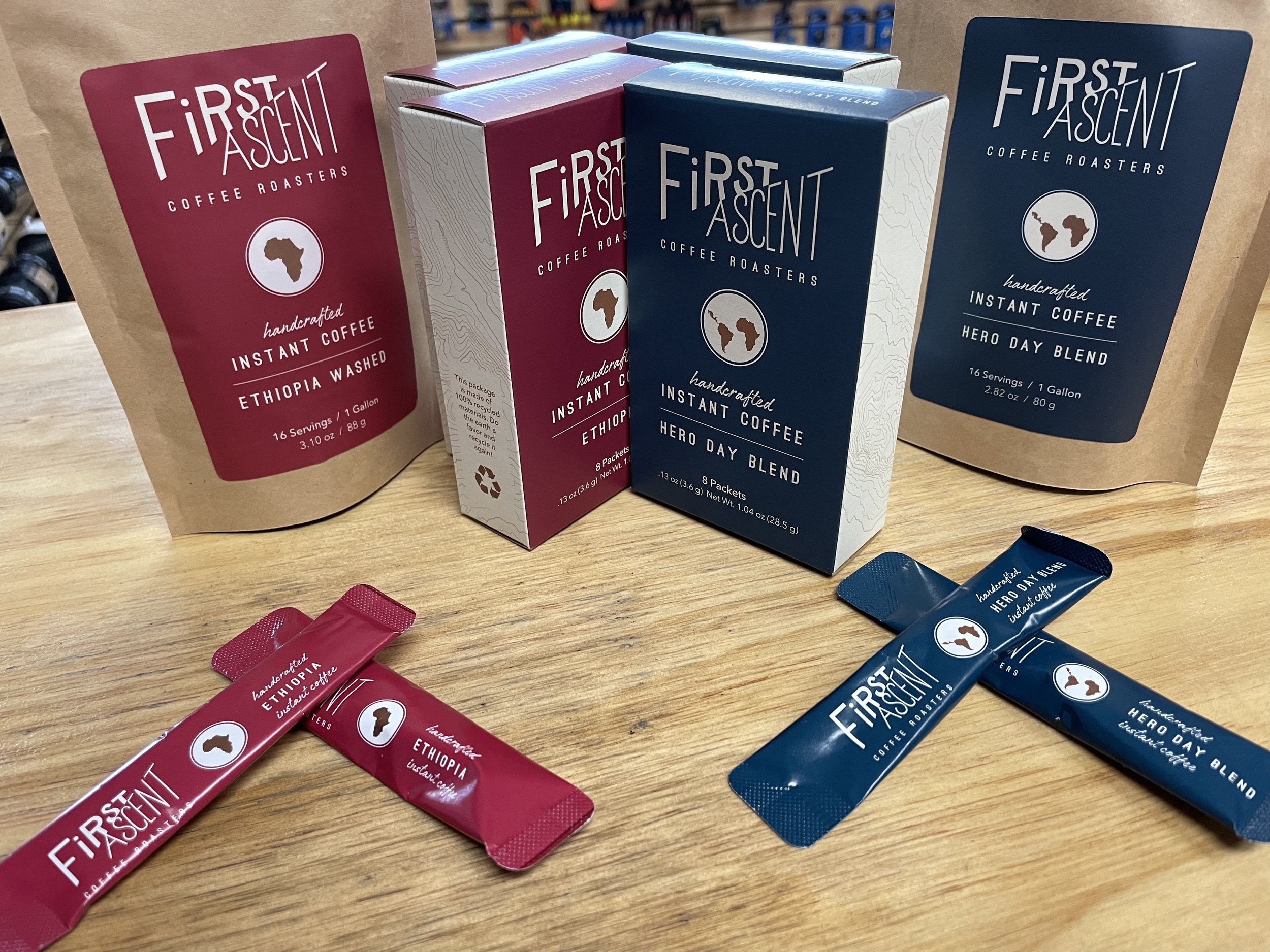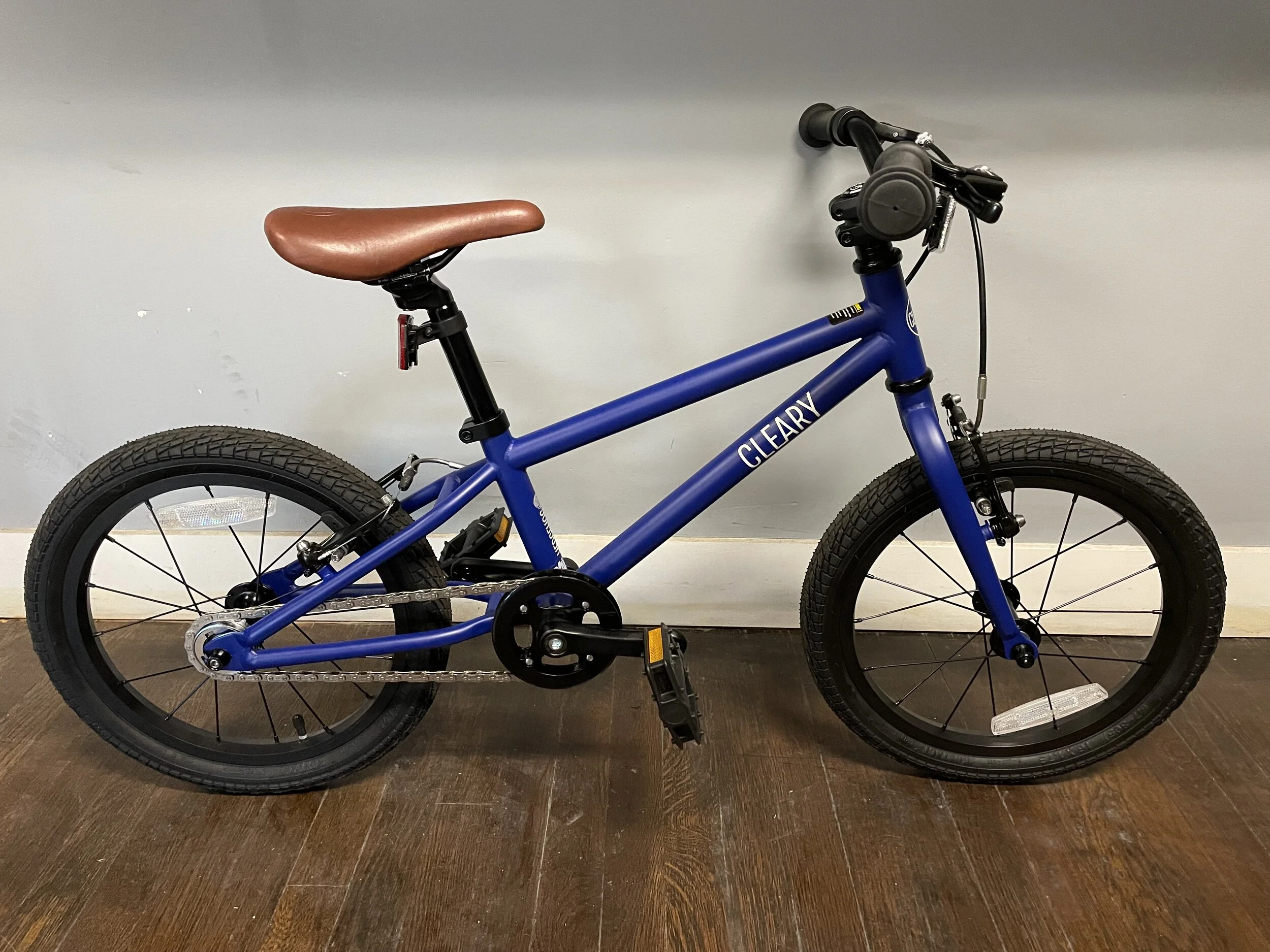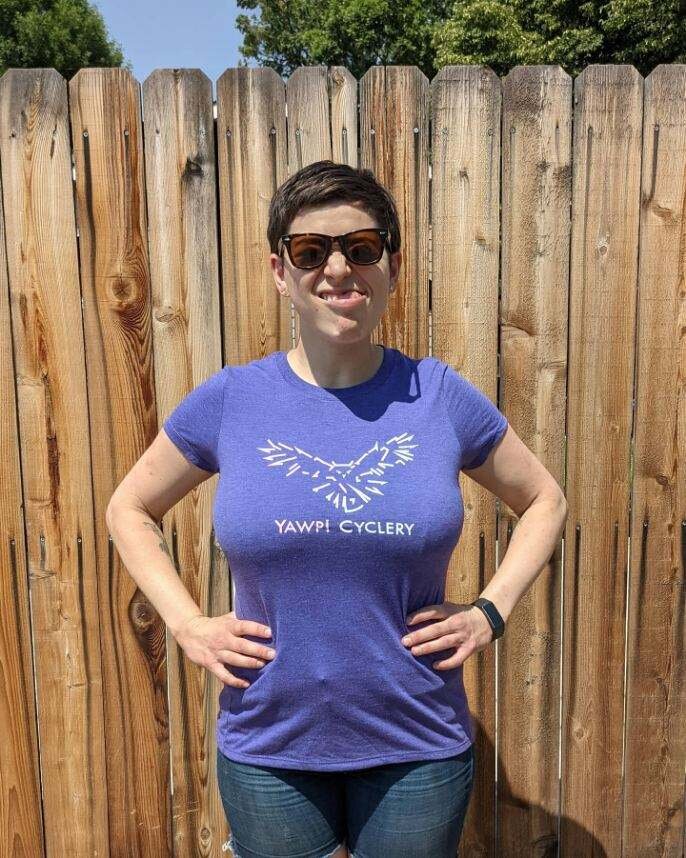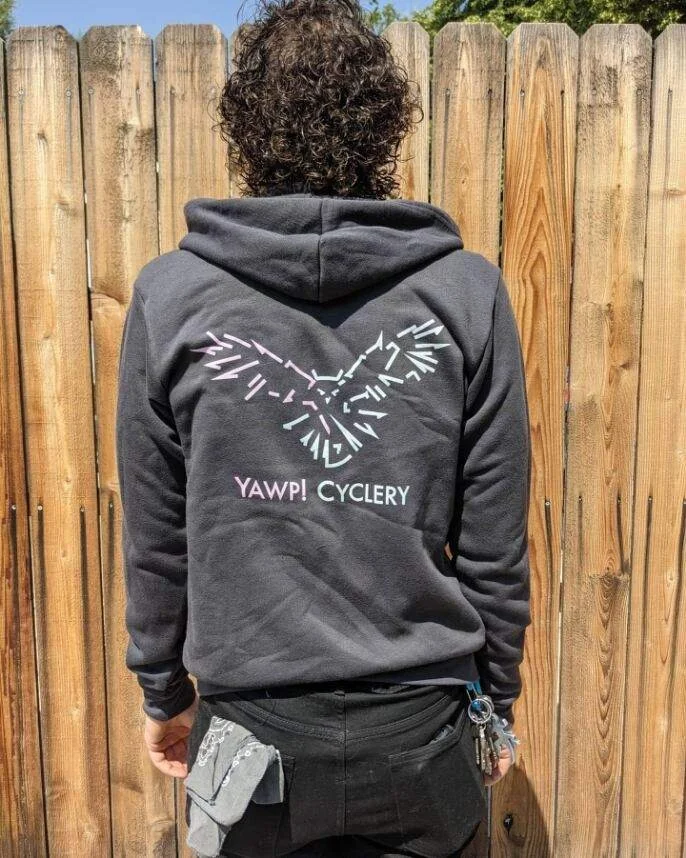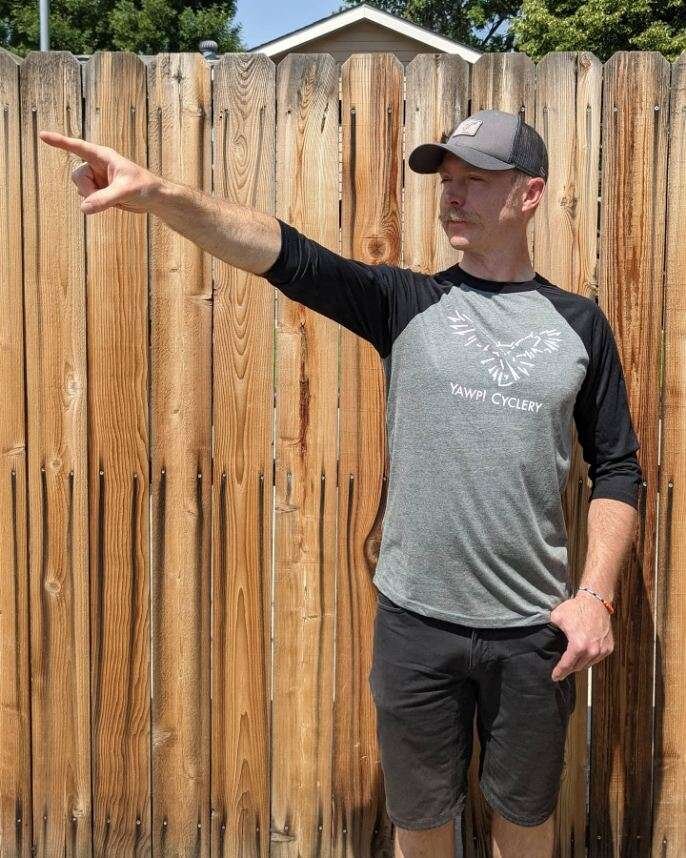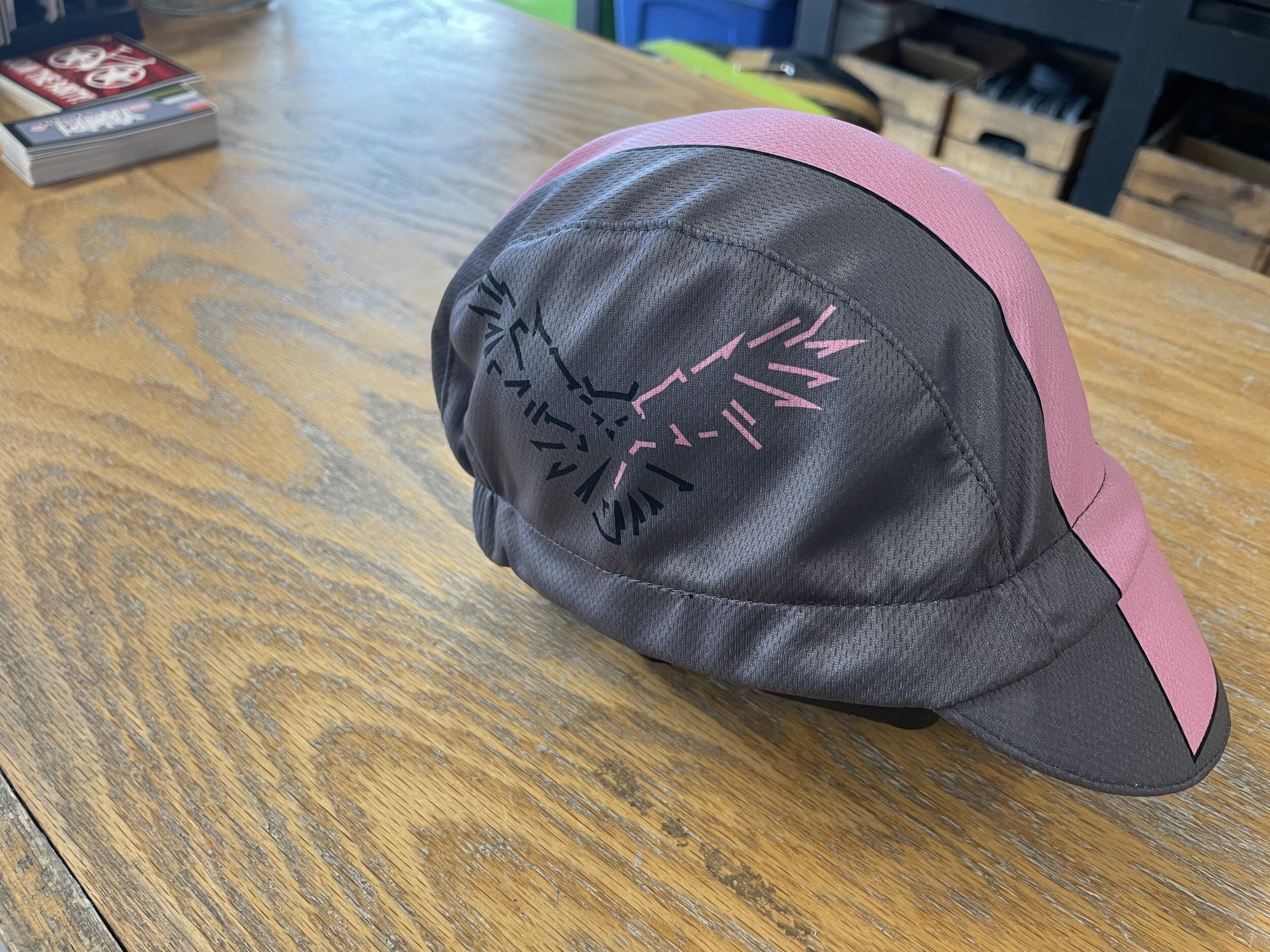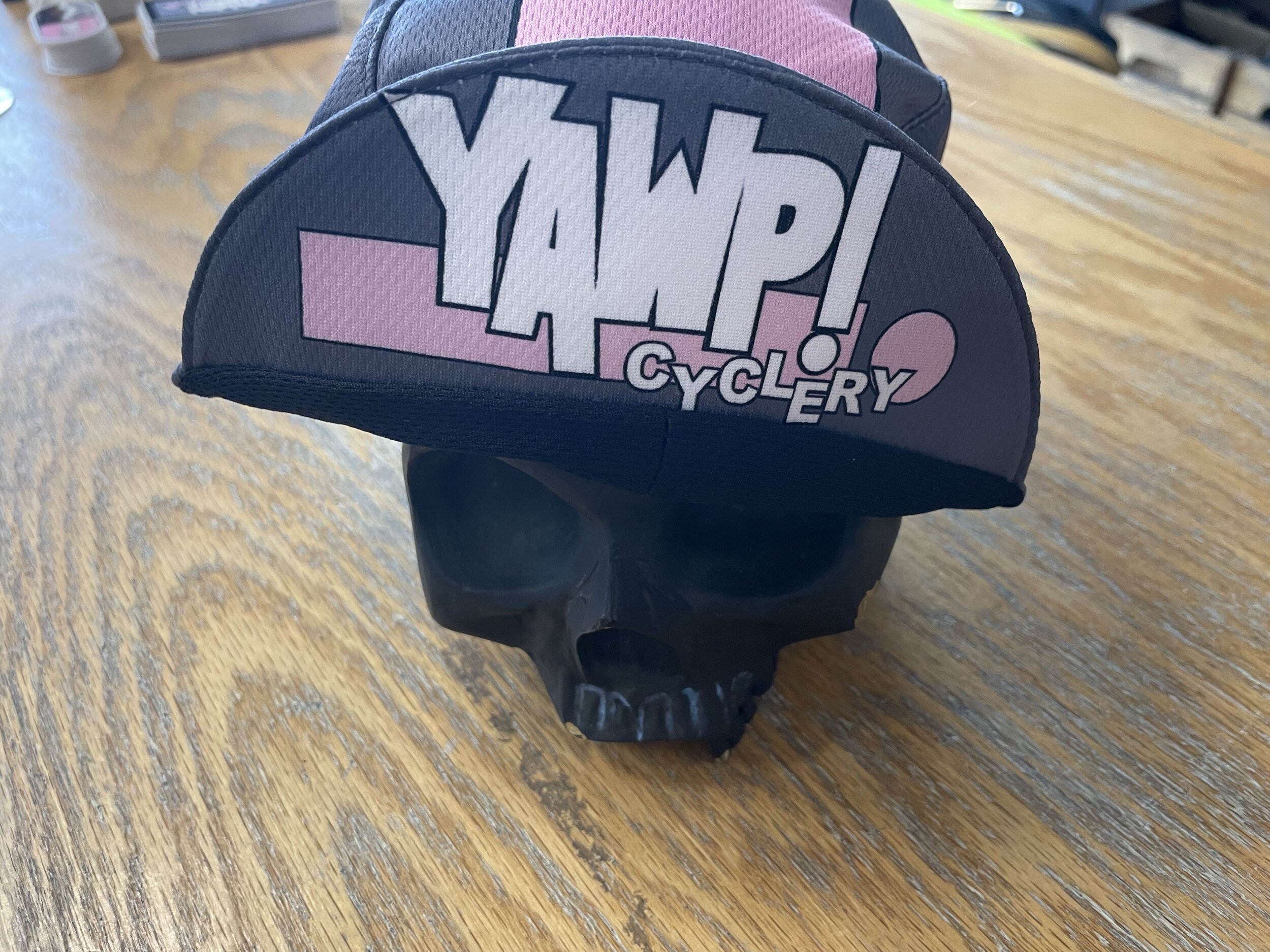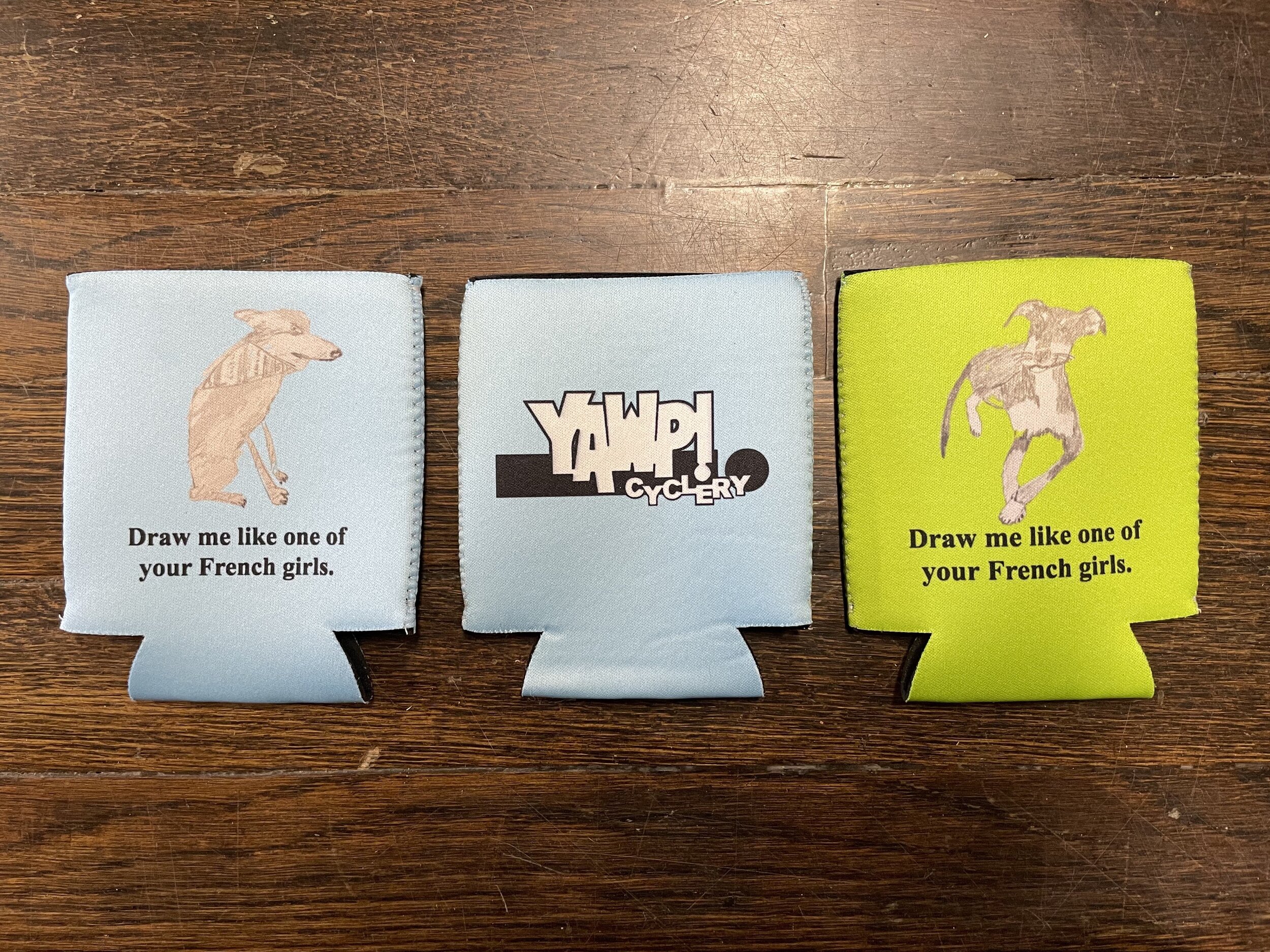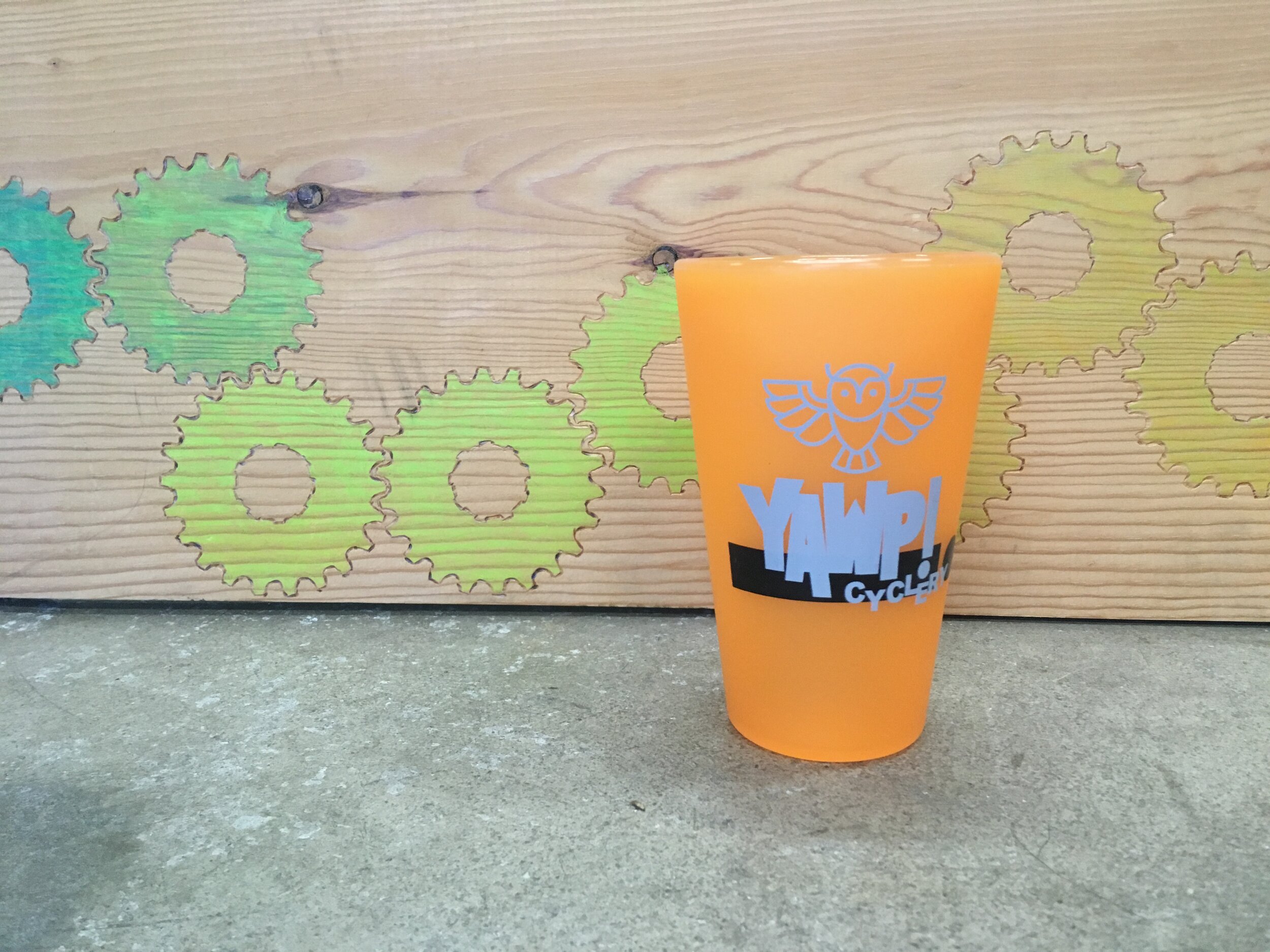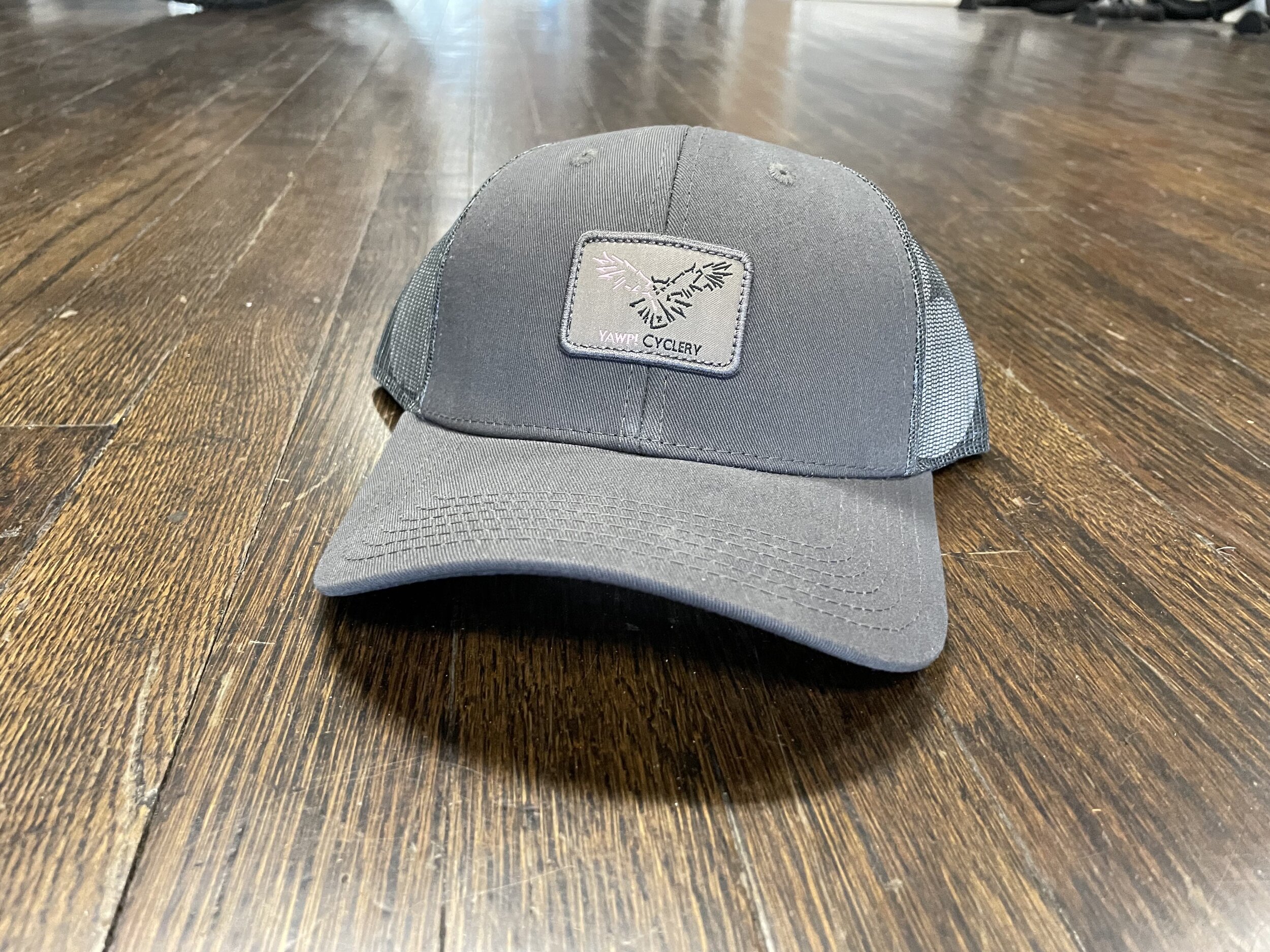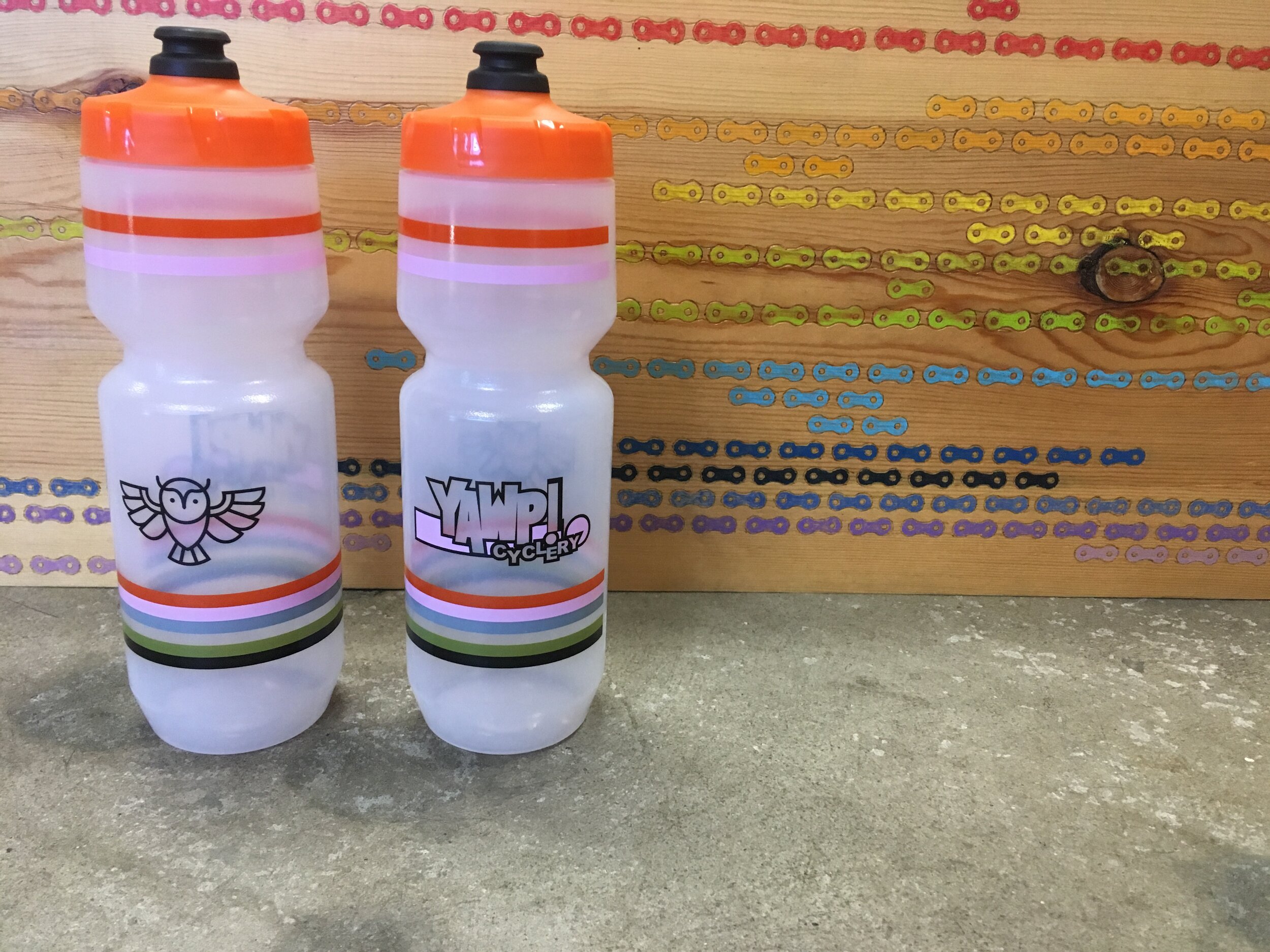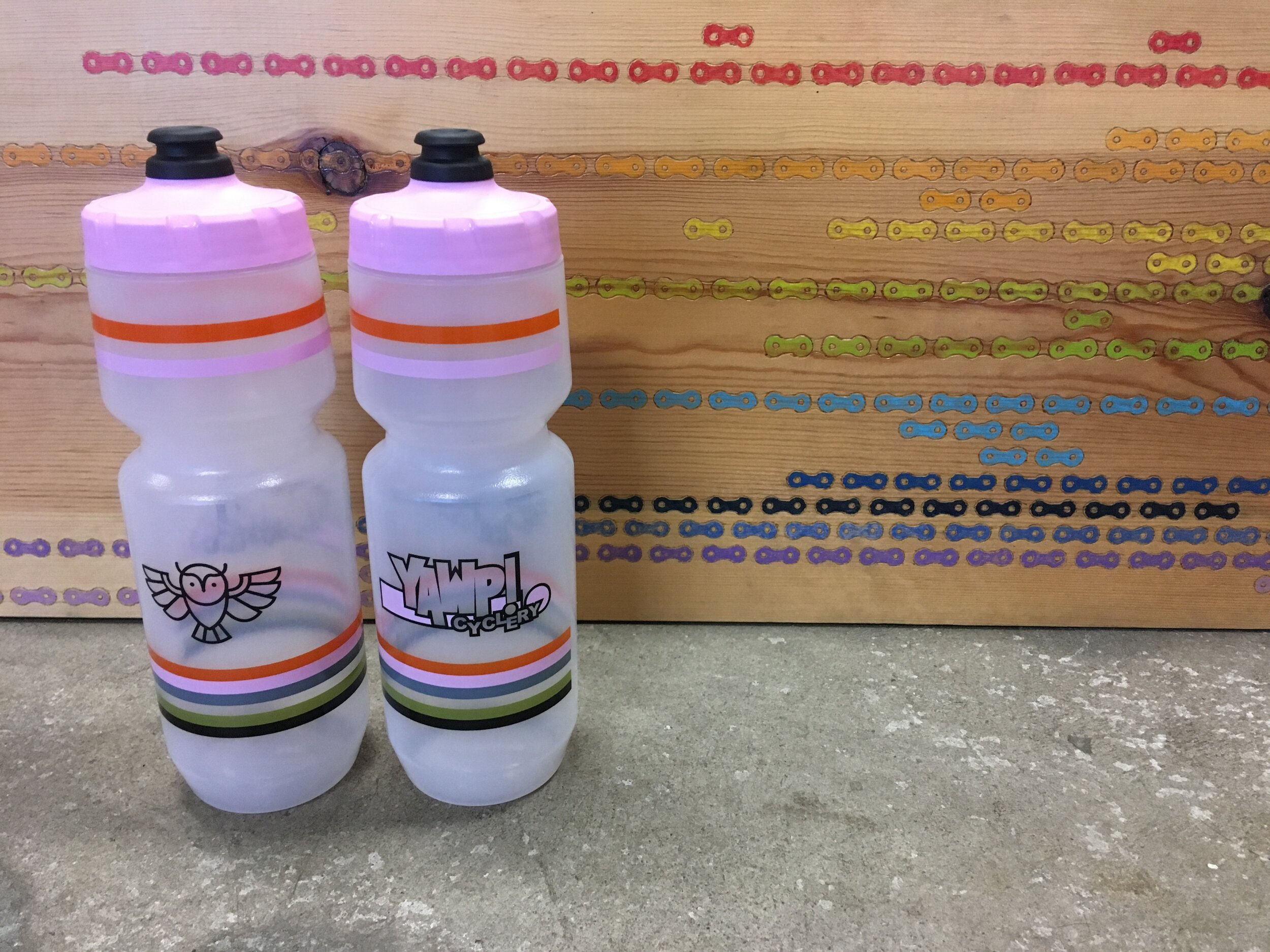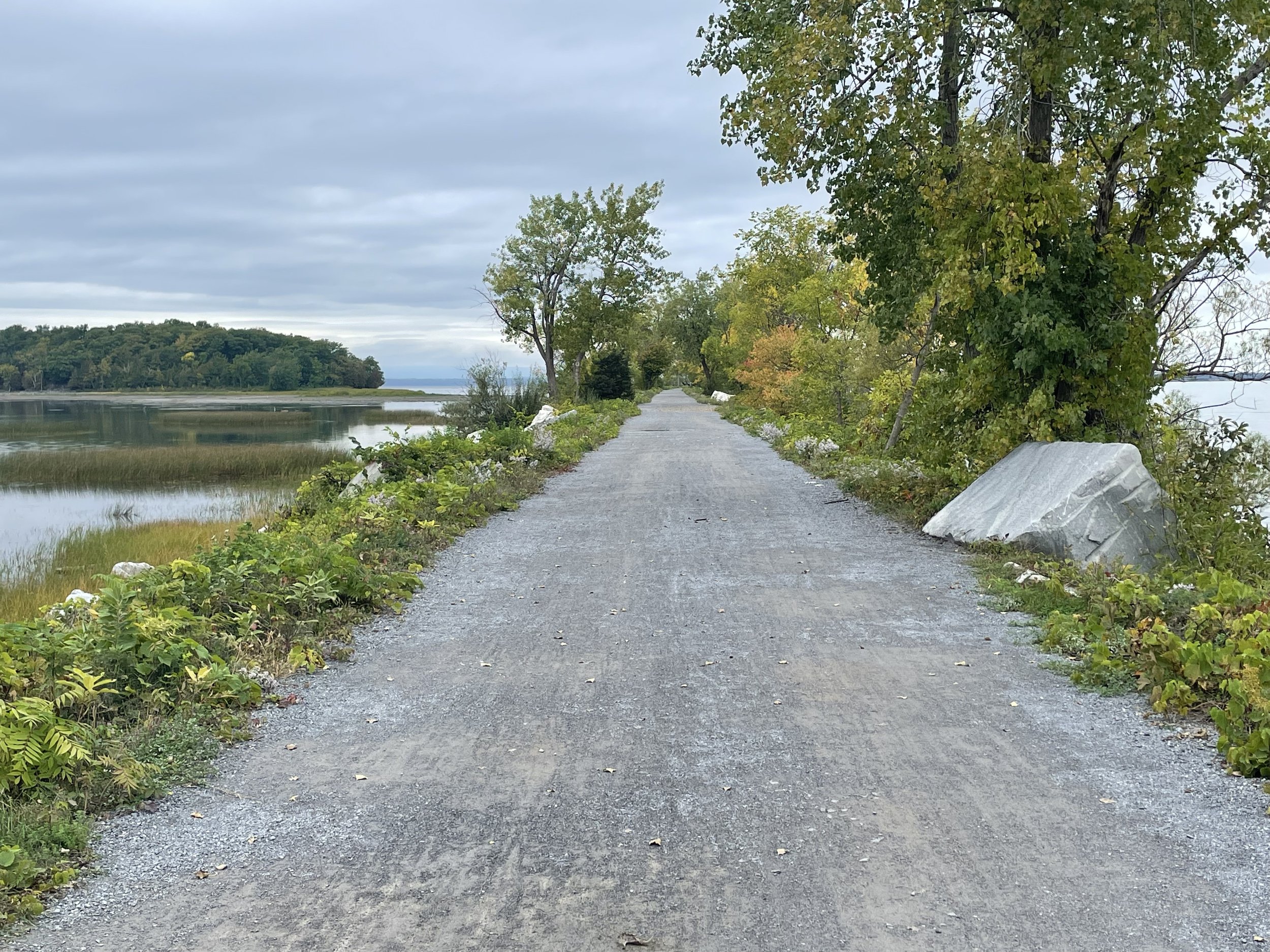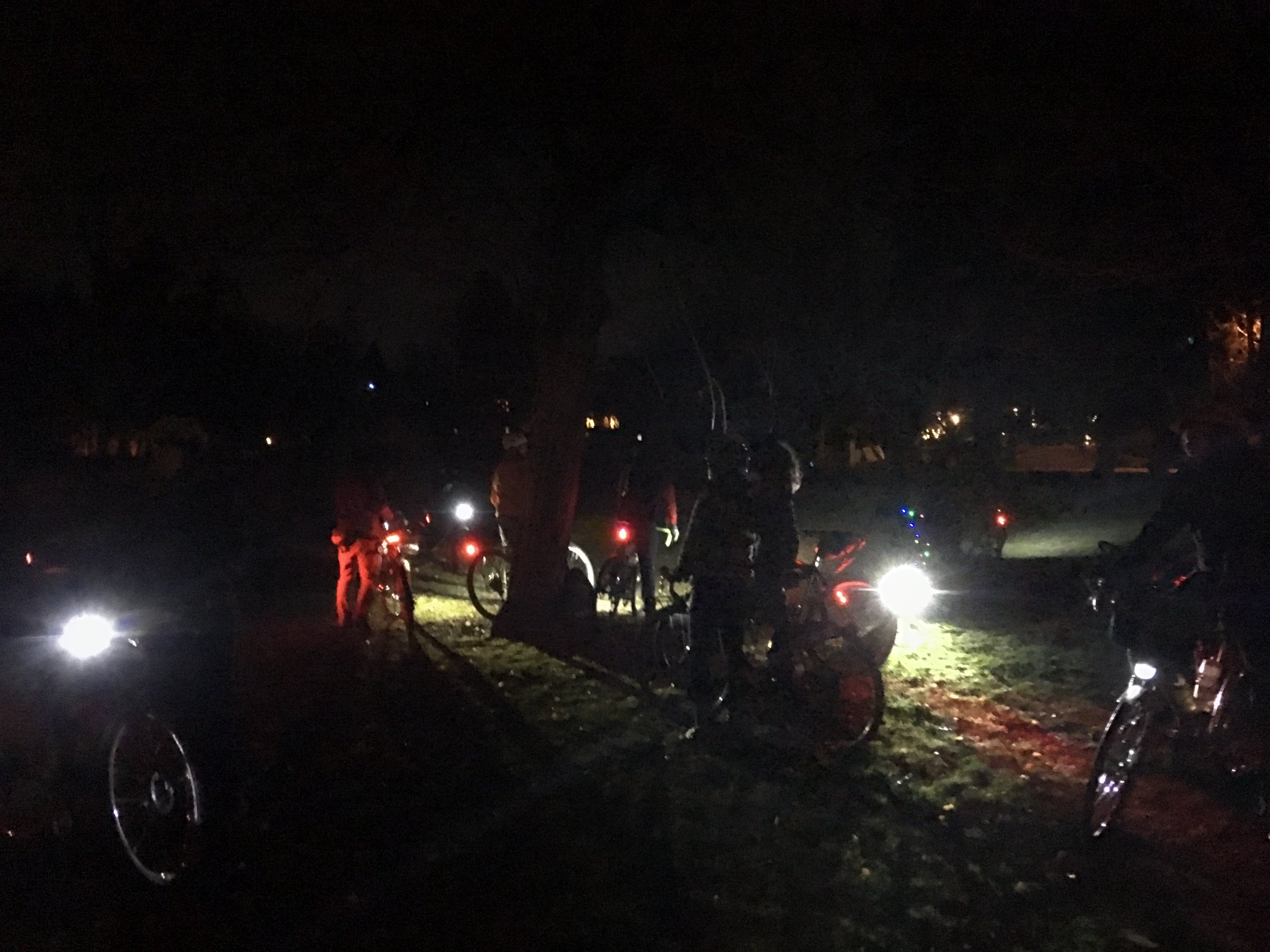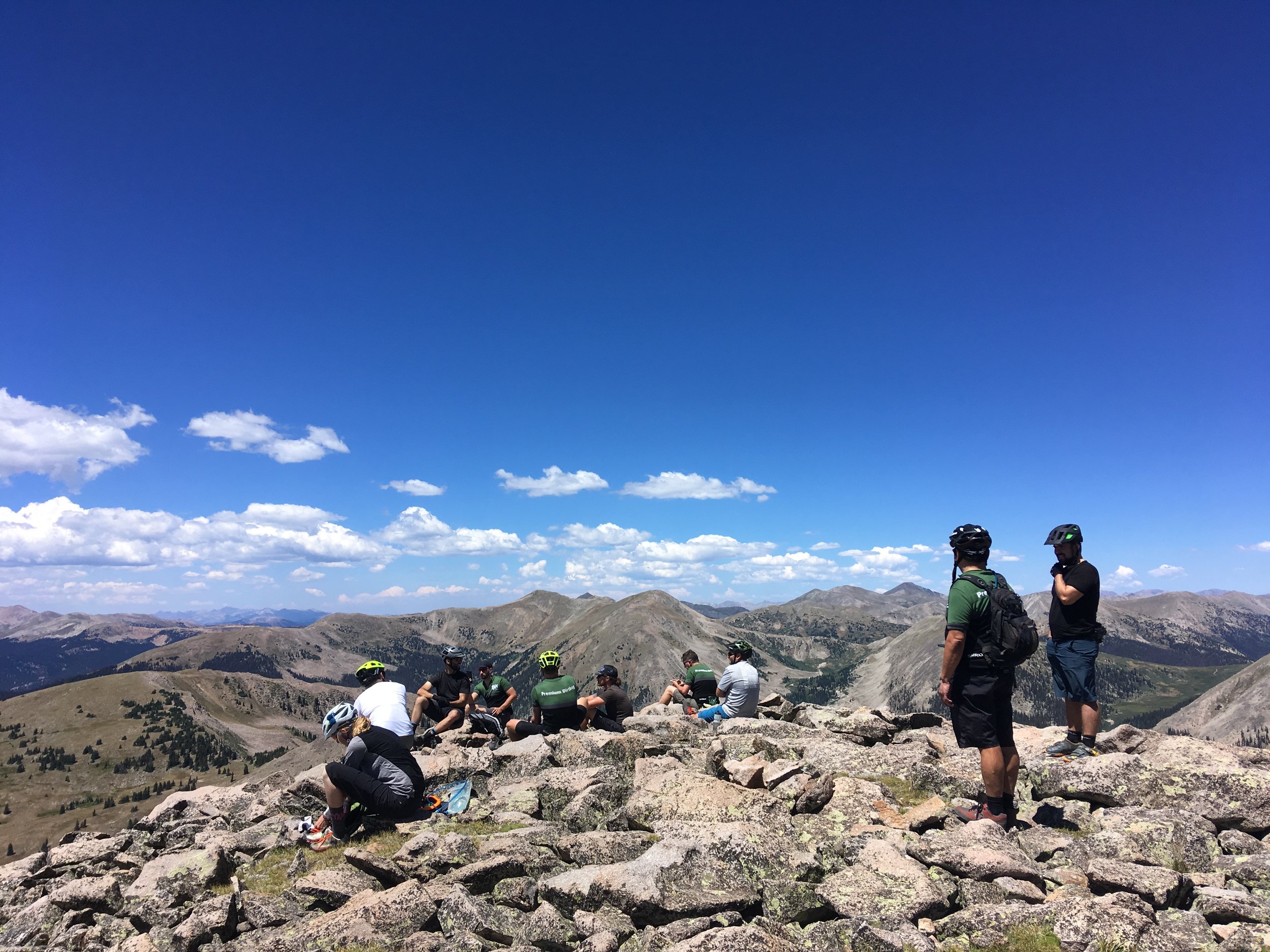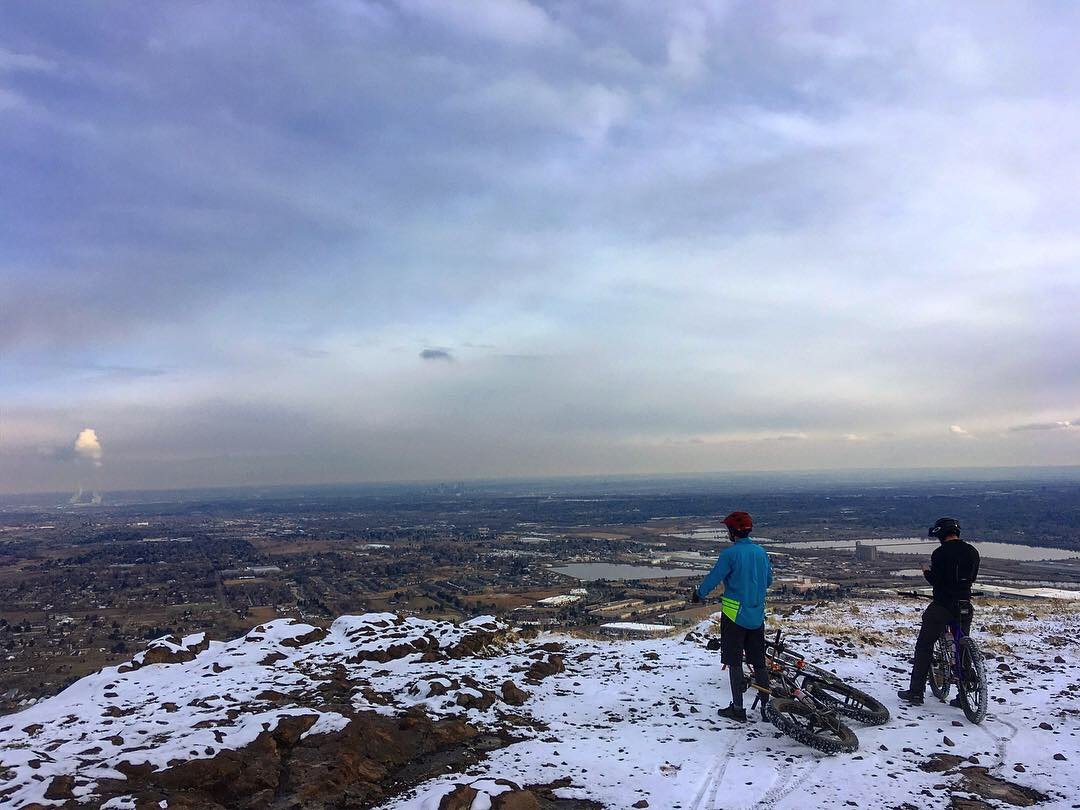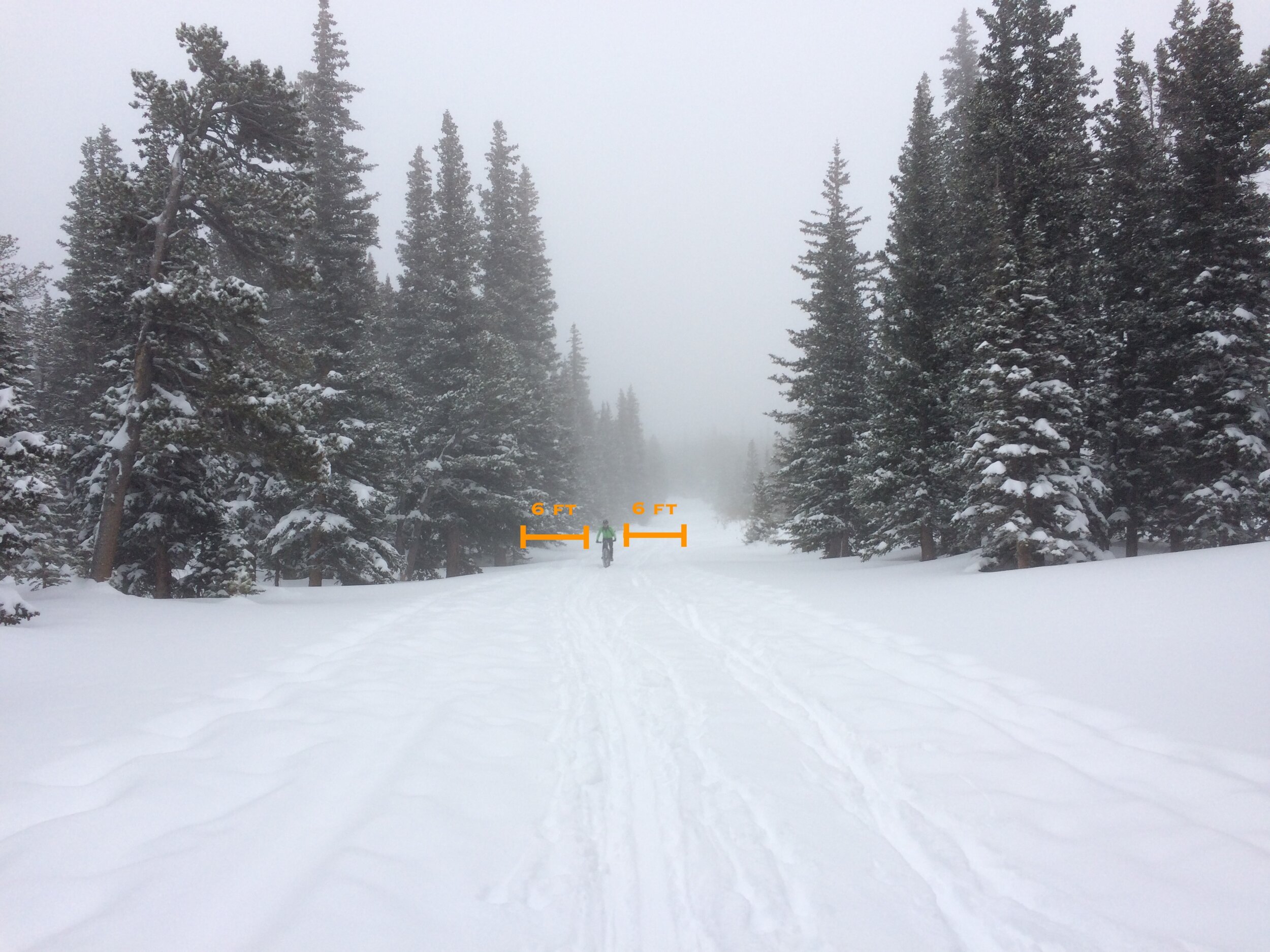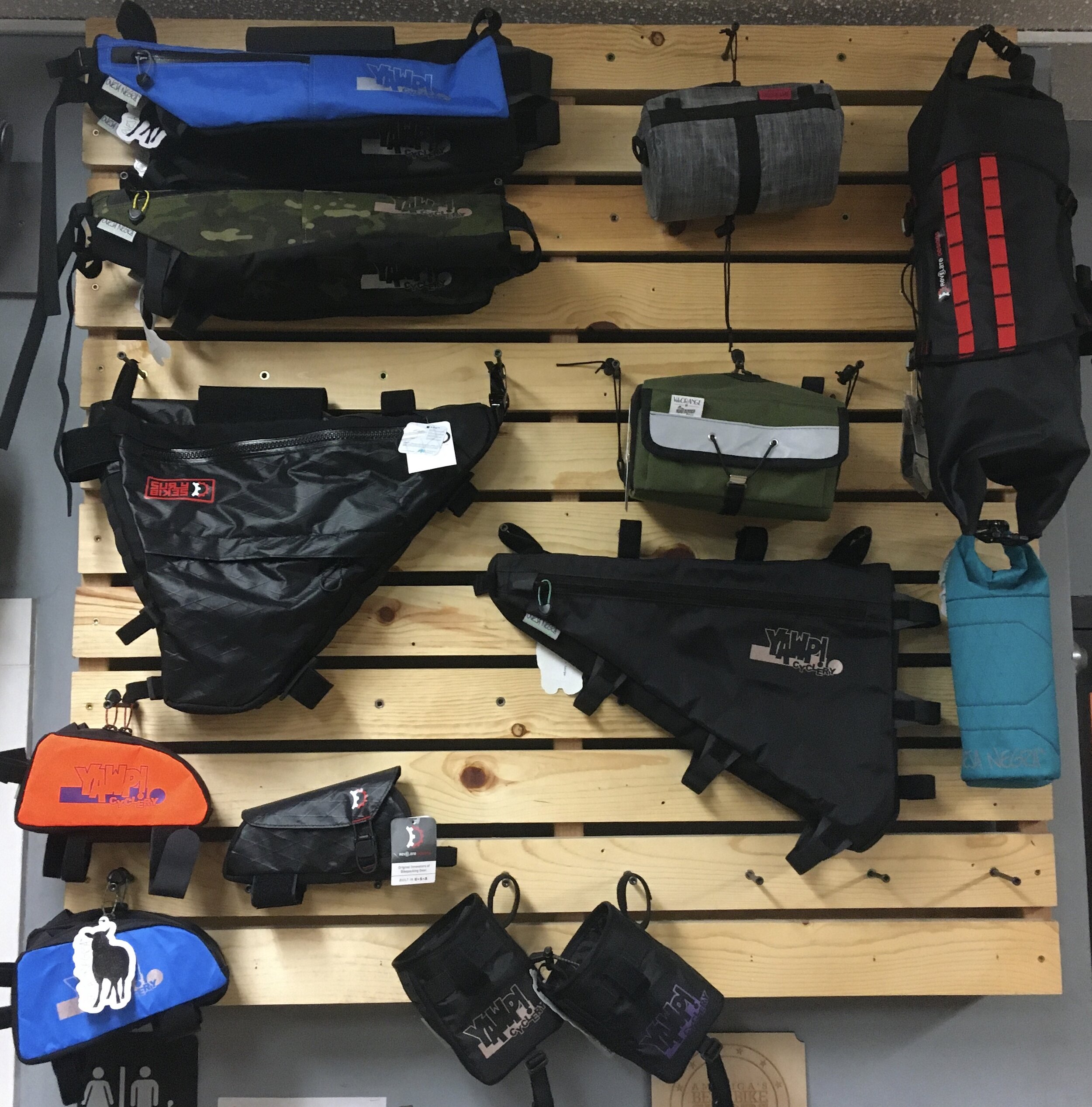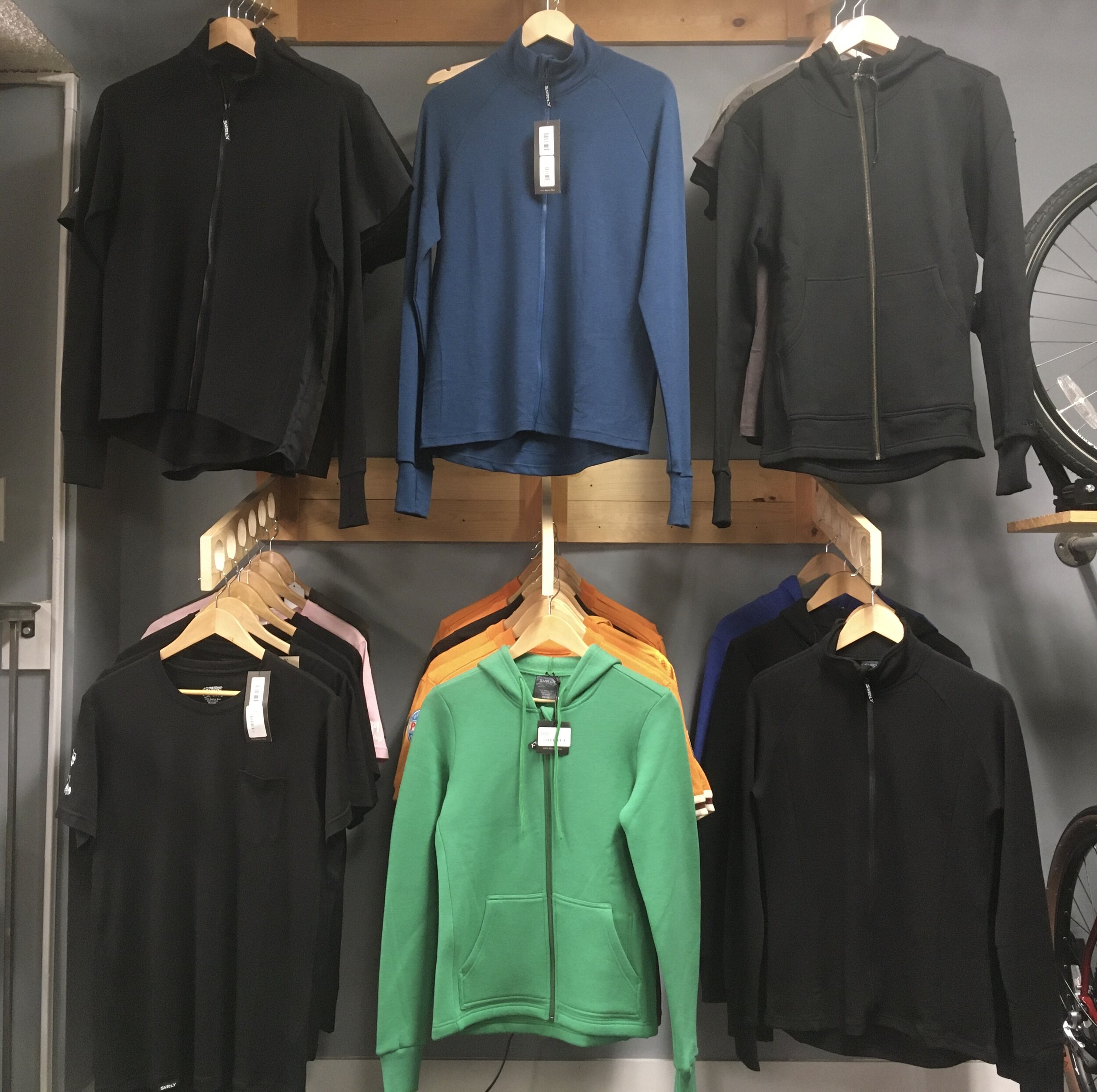Yawp! Cyclery's 2021 Gift Guide
Yawp Cyclery
People are telling me that it’s December, which clearly can’t be correct. It’s sunny, seventy degrees, and my internal clock is telling me it can’t be later than June 15th. In any case, I’ve put together a gift guide so that when December does actually roll around—because 2015 will be over before we know it—this list will be ready.
We’ve been making gift guides for a lot of years now, and because we sell products we use and love and believe in, we end up selling many of the same things year after year. You can check out some of our past years’ guides if you need more ideas, because a lot of those things are still in stock and still awesome.
First Ascent Instant Coffee
I tend to be the kind of person who would rather carry coffee beans and a small grinder and a pour-over apparatus and some filters and a baggie for the spent grounds than settle for anything else just because it would be easier. However, this instant coffee from First Ascent is so good that there’s no compromise involved, and it takes up so little space that I can now carry an extra book in my frame bag, which I no longer need because without the pour-over apparatus there’s less sittin’ around time, which means I have to find other ways to make some sittin’ around time. Like by drinking EXTRA CUPS OF COFFEE. Everyone likes drinking EXTRA CUPS OF COFFEE. I may have had EXTRA CUPS OF COFFEE this morning and everything is BETTER.
Fernweh Dehydrated Adventure Meals
You know what it’s like to be in the middle of nowhere, surrounded by only nature without a single human-made thing to see/hear that might remind you of all of the hustling and stress and conflict and bad news that you might be in the wilderness to try to get away from, and then you round a corner and find a few pieces of plastic strewn about, and all of the good feelings you’d had collapse under the weight of the ill feelings about humanity that come rushing back to fill the space you’d finally emptied of them? There’s no guarantee that people won’t litter their Fernweh packaging, too, but it is omnidegradable and compostable. The meals are also 100% plant-based, which means they have a smaller carbon footprint that other meals to begin with. These help preserve for you and for others the unadulterated naturalness that you went outside to enjoy.
pies
No, we don’t sell or make pies, but we do eat them, and we recommend that you and all of your loved ones eat them. Why? If you have to ask why, then perhaps you need to eat some pie to remind yourself that the latticey answer to that question is self-explanatory. Who wouldn’t like getting pies? There aren’t many perfect foods in the world, so why waste time giving anything else? We can’t help but be consumers, and consuming things that make us happy and make our bodies go is a great alternative to consuming things that end up in storage closets and eventually a landfill.
Bivo Stainless Steel Waterbottles
You are probably already aware of the downsides of plastic bottles, being that they are bad for both humans and for the planet. Even “safe” plastic bottles start to break down after a year or two, exposing hydrated individuals to toxic chemicals. Bivo is the first stainless bottle that has an adequate flow rate and also fits in a bottle cage. They’ll last forever, and when your favorite cyclist stops drinking toxic chemicals, they probably will too.
The All-Road Bike Revolution by Jan Heine
This book is full of fun and nerdy research that yields counterintuitive results. It will help you find any incorrect assumptions you might’ve made about bike handling, tire pressure, and so many other things. It’s the perfect book for the bike nerd who likes having their mind blown.
Vargo Triad Stove
If sleeping on the ground were so great, we’d all do it at home. Because sleeping on the ground isn’t so great, eating hot food and drinking coffee outside make bikepacking a little more pleasant. This stove weighs next to nothing and will burn denatured, ethyl, or methyl alcohol, as well as gels or tablets. It’s more predictable than cooking on a campfire (which is getting tougher as more and more more fire bans go into effect permanently), and easier to replenish fuel stores on the road, as a lot of hardware stores and convenience stores carry denatured alcohol (HEET works, too).
Churros
No, we don’t sell or make churros, either. We aren’t a bakery. For goodness sake, though, who wouldn’t like to receive a plate of hot churros, like, right now? I propose that anyone to whom you might give a plate of hot churros who doesn’t love you for it doesn’t deserve to be a friend of yours, or at least to receive gifts from you. If you were to say, “Happy Love Day, Terrance,” and hand Terrance a plate of hot churros, an he were to reply, “But I wanted a Tesla,” then you should take a long hard think about what exactly of import you and Terrance share, in terms of admirable qualities. In my opinion.
Occam Apex Strap
This cool little strap provides a way for riders to carry all of their repair stuff safely and conveniently on their bike. Just about anyone with a bicycle can use one of these—unless they don’t like being prepared.
King Cage Sideloader Ti Cage
Like all King Cages, these are handmade in Durango, Colorado. They’re titanium, so they’re very strong and barely weigh anything. Side loading cages are great for full suspension mountain bikes, or bikes (like the Salsa Warbird) that have two bottle mounts on the downtube. They’re suitable for any rider, of course, provided they like convenience.
Oveja Negra’s 925 handlebar bag
This bag is intended for those who work 9 to 5, but we at Yawp! work 10 to 6 and still this bag is great! It’ll hold a surprising number of burritos, pies, coffee supplies, maps, marbles, crayons, churros, chopsticks, or whatever you need to take to work. Or to “work.”
Bikes for Kids
If some of your favorite bike riders are very small, perhaps they’d like a new bike. Cleary bikes are built to last, and they ride much better than department store bikes. We have them in 16” and 20” sizes, in a few different colors.
Yawp! Stuff
We have shirts, hoodies, socks, caps, hats, Silipints, water bottles, patches, koozies, and jerseys. If your loved one likes to rep their LBS and also not be naked in public, we have them, uh, covered.
Cakes
As a matter of fact, I posit that just about any baked good would make a more than adequate gift. “All baking is done from the heart,” they say, which sounds unsanitary, but the gist of which I think conveys that even something you burned or forgot to add sugar to is going to be appreciated. Or maybe I haven’t eaten in over an hour and my stomach is writing this gift guide (also unsanitary).
That’s it. Happy holidays!


